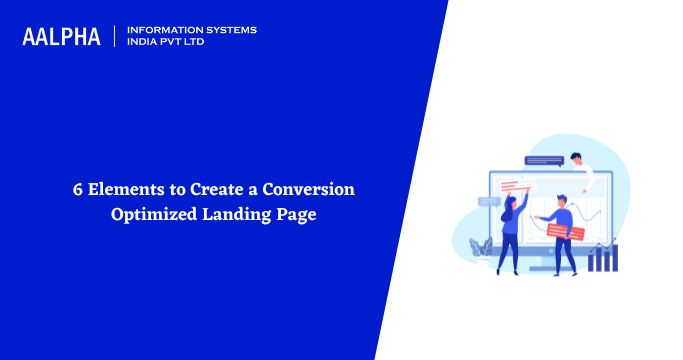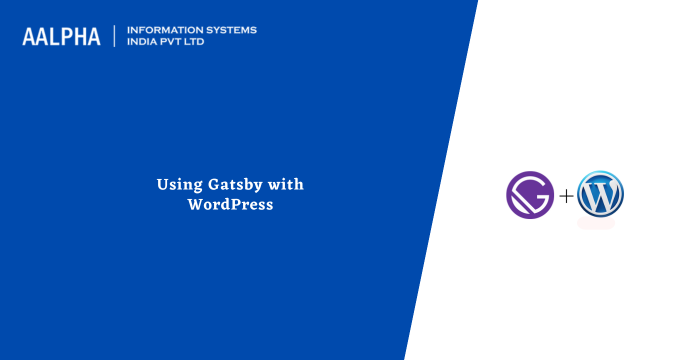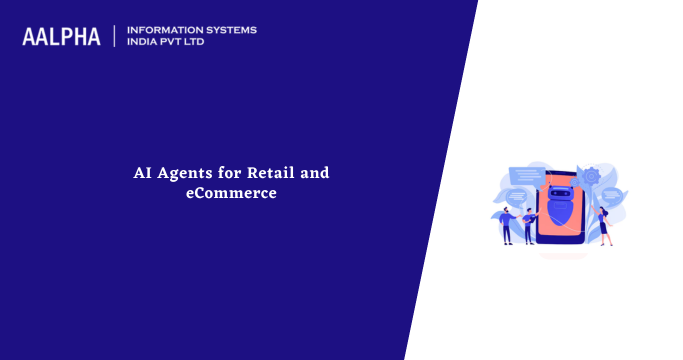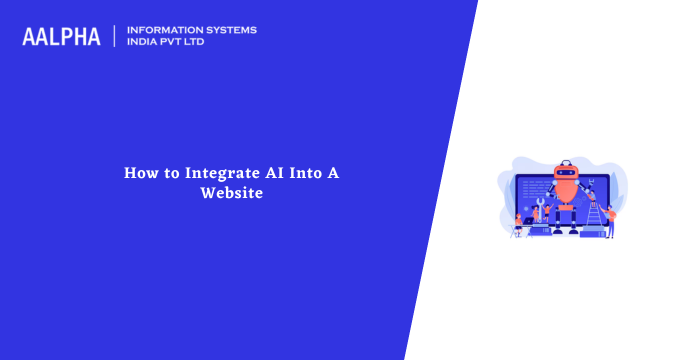If you’ve ever wondered why some landing pages convert and others don’t, it’s that they’re using the right elements to appeal to their target audiences. Here are six elements that can help you create a conversion-optimized landing page:
A Short, Informative Headline
The headline of your landing page is the first thing that visitors notice. It’s paramount to get this right because it can be difficult to read through your entire page if they’re not getting what you’re offering. A good headline should be short, no longer than 12 words, and specific. It should inform visitors about what they’ll gain by reading your content without misleading them into believing it’s something else entirely. Try to keep the formatting simple: don’t go with bold typefaces or italics; instead, focus on ensuring that the main point of your page is clear and easy to read at a glance.
The best way to create an informative yet enticing headline is by addressing one of these three core benefits:
- Save time or money (e.g., “Save Time With These 3 Tricks”)
- Increase productivity (e.g., “Increase Productivity Without Getting Bored”)
- Enjoy life more (e.g., “Enjoy Life More Than Ever Before”)
A Subheading That Explains the Value Your Product or Service Provides
A subheading should be descriptive but not too long. It should contain a benefit relevant to the headline and make sense within your product or service context. A good subheading will be specific, easy to read, and written in the language your target audience understands.
A Brief Explanation of What Your Product or Service is and How it Works
A description is a good section to include if you are selling a product or service with several features and benefits. It’s also helpful if you’re trying to explain how your product or service works. Include features, benefits, cost, and other details about the product that would be useful for potential customers in their decision-making process.
In addition, explain why this is different than similar products on the market: If there are similar products available, explain why yours is better.
Pictures, Logos or Videos That Show How Your Product or Service Works and How They Can Benefit
When you’re looking to create a conversion-optimized landing page, the first impression your page makes on your visitors is the most crucial. And that first impression is made when they see your logo. Your logo should be clear, simple, and easy to recognize. There are many free DIY logo makers out there that you can use to create amazing logos. If you’re using a lot of text or imagery, make sure it’s not competing with your logo for attention. It should stand out from everything else on the page so that anyone who sees your site can tell the company they’re looking at before reading anything else on the page.
Testimonials
Testimonials are effective conversion tools you can use on your landing page as they are social proof to help convince other people that they should try it out for themselves. They’re also the easiest to implement. You need a few lines of text and a picture of the person who wrote it, and you’re good to go.
The testimonials should be short and sweet; they don’t need to be wordy or detailed. All you need are a few sentences from each person talking about how they felt after using your product or service, their experience, and how it impacted them.
If you want even more power from your testimonials, consider including quotes from celebrities or influencers who regularly use your products or services. Such a strategy will help build trust among potential customers because it gives them the sense that others like themselves have already tried out your product and liked it enough to recommend it.
A Call To Action (CTA)
You must include a call to action on your landing page. A call to action is the direct request that a visitor takes after reading the content of your page. Because conversion optimization is all about getting people to take specific actions, you must make it easy for visitors interested in what you offer.
A great way to do this is by using language like “Get Started Now” or “Start Here,” which tells readers what they should do next (i.e., click). The word “you” also works well because it engages readers and makes them feel like they’re being spoken directly to, but don’t overdo it! Ensure that whatever button or link text you choose has an active verb in it, such as “Learn More,” “Sign Up Now,” or “Buy Now.” And finally, place any CTAs above the fold (the area of a web page visible without scrolling) so visitors don’t have far to go before taking action on whatever you’ve offered them.
Conclusion
When you’re building a landing page, there are many things to consider. You need to think about what your audience wants and how you can give it to them. You need to consider the tone of your content and whether it will resonate with them. And you should always be concerned with creating an experience that feels like it was built specifically for their needs, not just the needs of some general group of people.
For more information connect with web design company Aalpha!
Also read: landing page development cost




Share This Article:
Written by:
Muzammil K
Muzammil K is the Marketing Manager at Aalpha Information Systems, where he leads marketing efforts to drive business growth. With a passion for marketing strategy and a commitment to results, he's dedicated to helping the company succeed in the ever-changing digital landscape.
Muzammil K is the Marketing Manager at Aalpha Information Systems, where he leads marketing efforts to drive business growth. With a passion for marketing strategy and a commitment to results, he's dedicated to helping the company succeed in the ever-changing digital landscape.